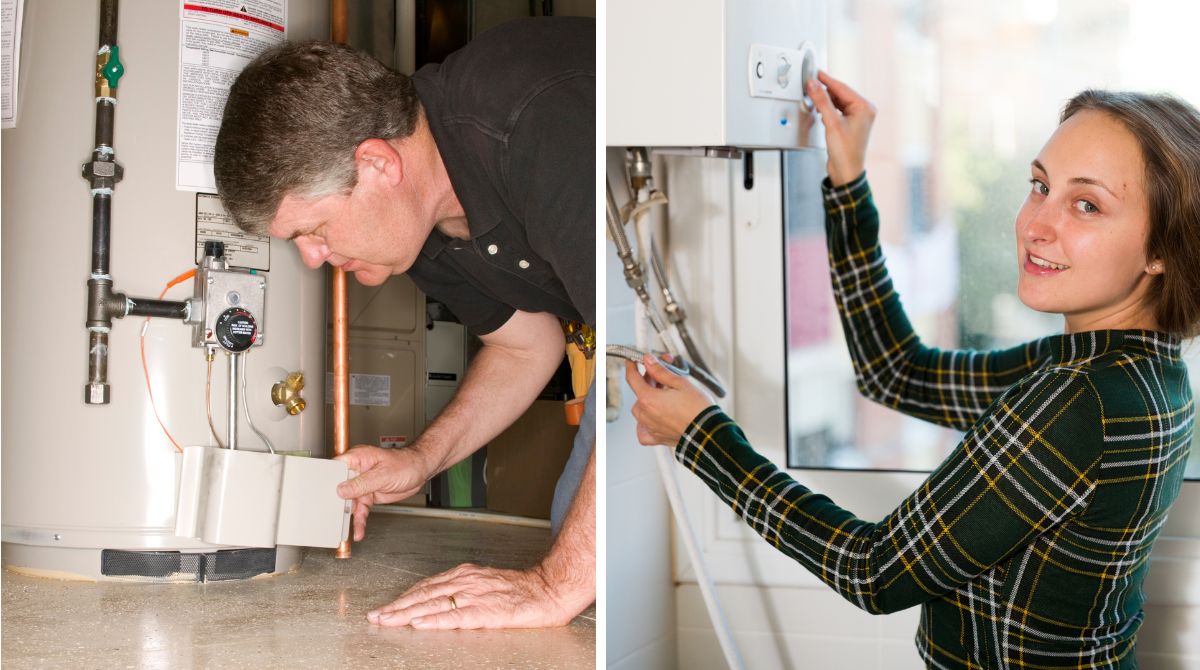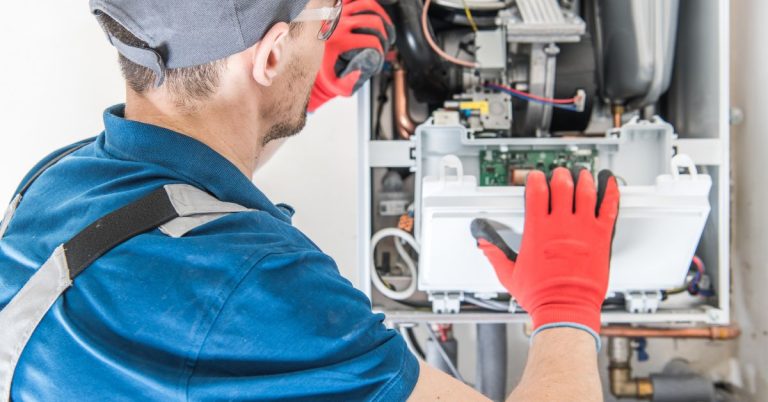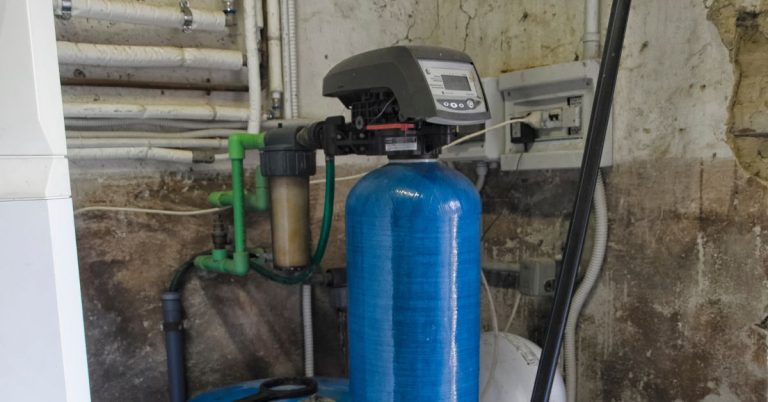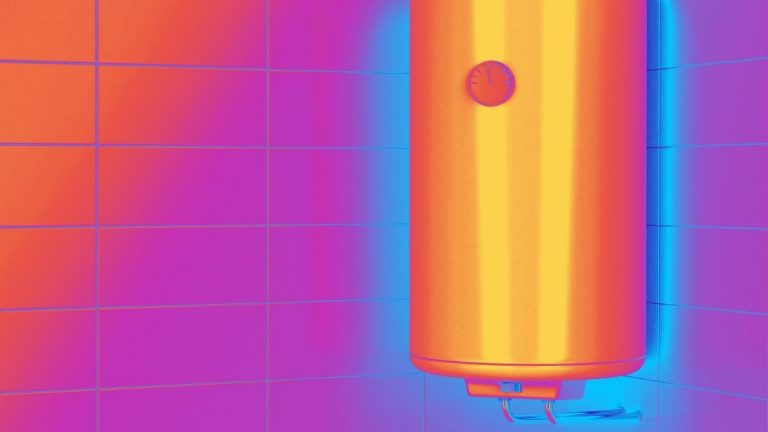Water Heater Maintenance: DIY Tips to Save Money and Extend Lifespan
Water heaters are essential appliances in our homes, providing us with hot water for showers, dishwashing, and laundry. However, many homeowners overlook the importance of regular water heater maintenance.
By taking a few simple DIY steps, you can save money on energy bills and extend the lifespan of your water heater.
In this blog post, we’ll explore various DIY tips for water heater maintenance and discuss how these practices can save you money and prolong the life of your appliance.
I. Understanding Your Water Heater
Before diving into maintenance tips, it’s essential to understand the type of water heater you have and the common problems that can arise.

A. Types of water heaters
There are two main types of water heaters: tankless and storage tank water heaters.
- Tankless water heaters – Also known as instantaneous or demand-type water heaters, these units heat water as it flows through the device, providing hot water on demand without the need for a storage tank. They are generally more energy-efficient than storage tank water heaters (Energy.gov).
- Storage tank water heaters – These are the most common type of water heater, consisting of an insulated tank that stores and heats a large volume of water. The heated water is then distributed throughout the home as needed.
B. Common water heater problems
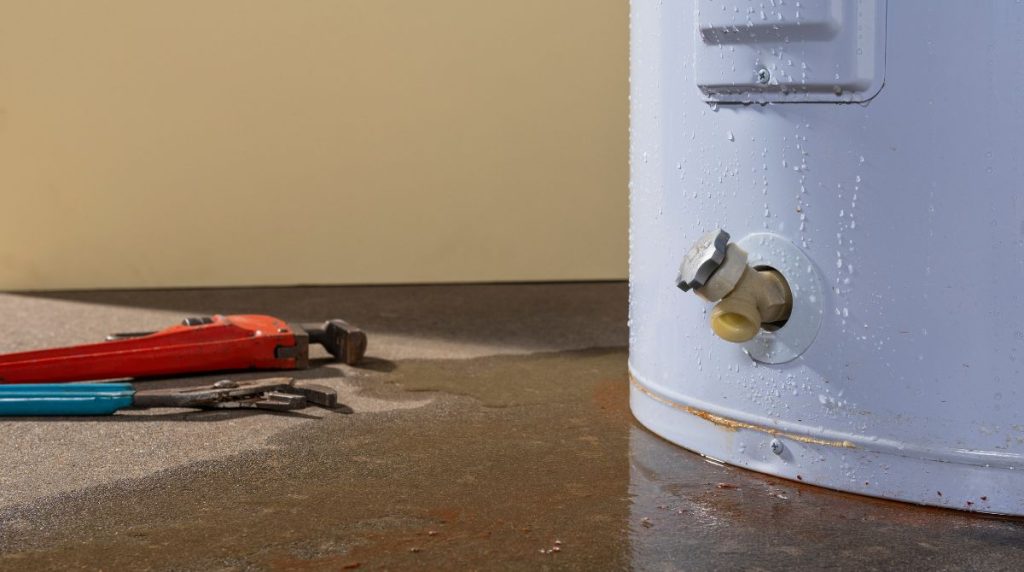
Some common water heater problems include:
- Leaks
- Insufficient hot water
- Slow recovery time
- Noisy operation
- Rust-colored water
C. Signs that your water heater needs maintenance
If you notice any of the following signs, it’s time to perform some maintenance on your water heater:
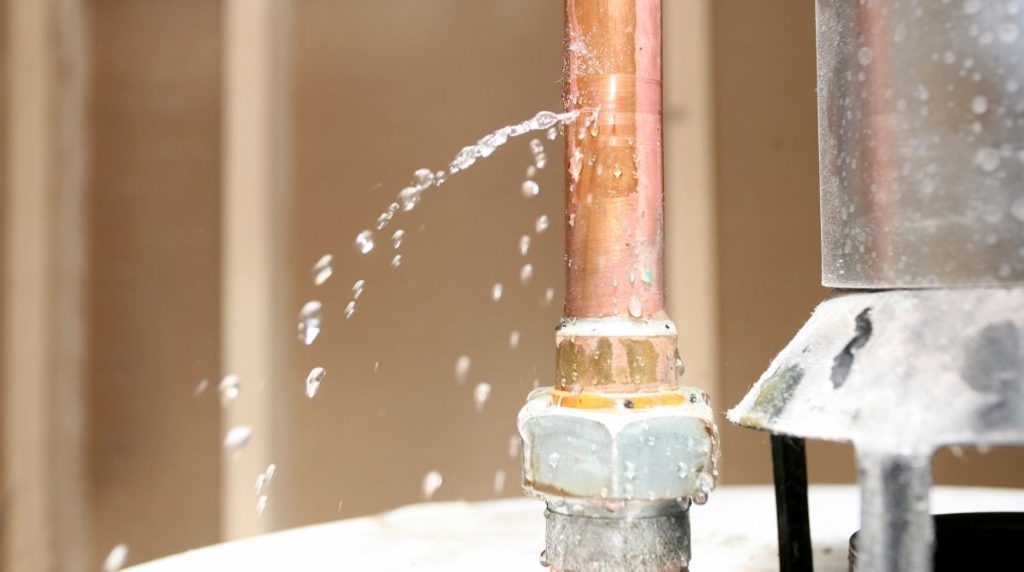
- Water takes longer than usual to heat up
- The water heater is making strange noises
- There’s a decrease in water pressure
- The water has an unusual smell or taste
II. DIY Water Heater Maintenance Tips
Now that you have a better understanding of your water heater, let’s explore some DIY maintenance tips that can help you save money and extend its lifespan.
A. Regularly inspect your water heater
- Check for leaks – Inspect the area around your water heater for any signs of leaks. Leaks can lead to water damage and decreased efficiency. If you find a leak, it’s essential to address the issue promptly.
- Inspect the pressure relief valve – The pressure relief valve is a safety feature that releases excess pressure from the tank. To test the valve, lift the lever and release it. If water doesn’t flow out, the valve may need to be replaced (Family Handyman).
B. Drain and flush the tank
Over time, sediment can build up in your water heater tank, reducing its efficiency and potentially causing damage. Draining and flushing the tank can help remove this sediment and improve the performance of your water heater.
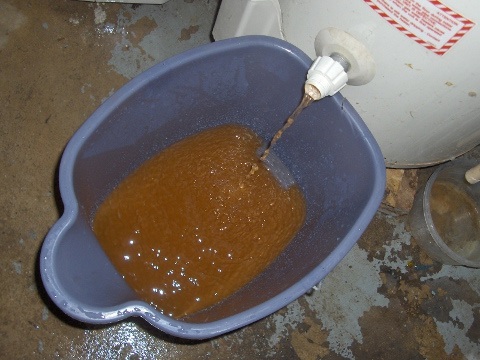
- How often to drain and flush – It’s recommended to drain and flush your water heater tank at least once a year (This Old House).
- Step-by-step guide – Follow these steps to drain and flush your water heater tank:
a. Turn off the power to the water heater (for electric heaters) or set the gas valve to “pilot” (for gas heaters).
b. Turn off the cold water supply to the tank.
c. Attach a garden hose to the drain valve at the bottom of the tank and place the other end of the hose in a suitable location for draining the water (e.g., a floor drain or outside).
d. Open a hot water faucet in your home to allow air into the system.
e. Open the drain valve and allow the water to drain from the tank. Be cautious, as the water will be hot.
f. Once the tank is empty, turn the cold water supply back on for a few minutes to flush out any remaining sediment.
g. Close the drain valve, refill the tank, and restore power to the water heater.
C. Insulate your water heater
Insulating your tank water heater can help reduce heat loss and improve its efficiency.
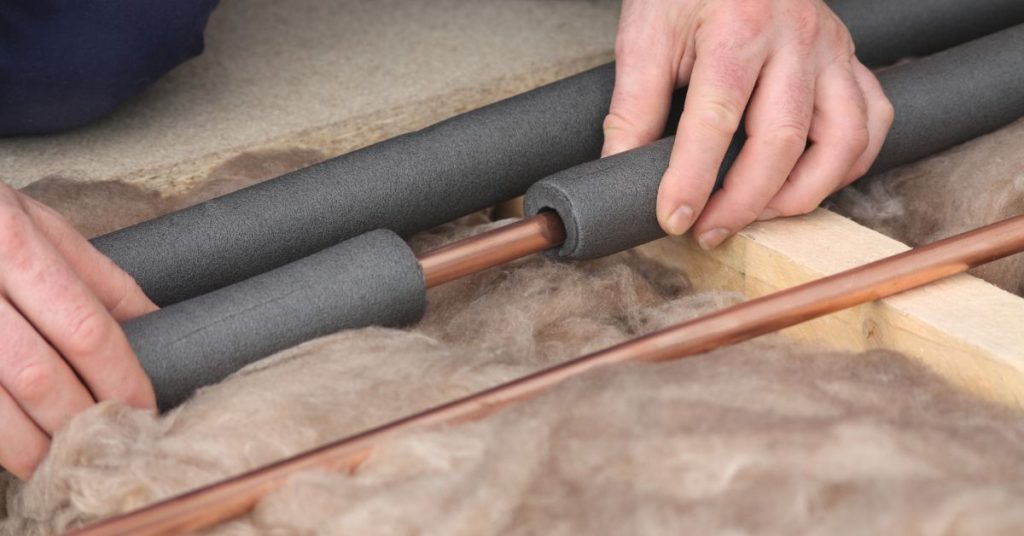
- Benefits of insulation – Insulating your water heater can save you up to 9% on your water heating costs (Energy.gov).
- Types of insulation materials – There are several insulation options available, including pre-cut jackets, blankets, and pipe insulation. Be sure to follow the manufacturer’s instructions for proper installation. Check out this detailed guide on winterizing your water lines to prevent freezing.
D. Adjust the thermostat
Adjusting your water heater’s thermostat can help you save energy and money.
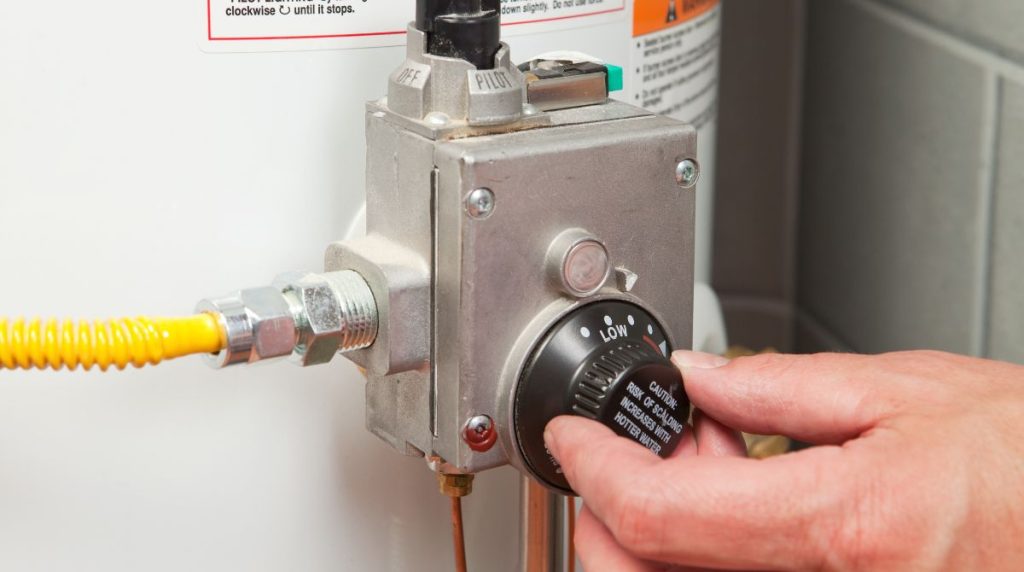
- Ideal temperature settings – The Department of Energy recommends setting your water heater’s thermostat to 120°F for optimal energy efficiency and safety (Energy.gov).
- Energy-saving benefits – Lowering your water heater’s temperature by 10°F can save you 3-5% on your water heating costs.
III. Extending the Lifespan of Your Water Heater
In addition to regular maintenance, there are a few other steps you can take to extend the life of your water heater.
A. Replace the anode rod

The anode rod is a crucial component of your tank water heater that helps prevent corrosion. Over time, the anode rod can wear out and need to be replaced.
- Signs of a worn-out anode rod – If you notice a foul odor coming from your hot water or see rust-colored water, it may be time to replace the anode rod.
- How to replace the anode rod – Replacing the anode rod is a relatively simple process that can be done with a few basic tools. Follow these steps:
a. Turn off the power to the water heater and shut off the cold water supply.
b. Drain a few gallons of water from the tank to reduce the pressure.
c. Locate the anode rod on the top of the water heater and use a wrench to unscrew it.
d. Insert the new anode rod and tighten it securely.
e. Turn the cold water supply back on and restore power to the water heater.
B. Install a water softener
Hard water can cause mineral buildup in your water heater, reducing its efficiency and lifespan.
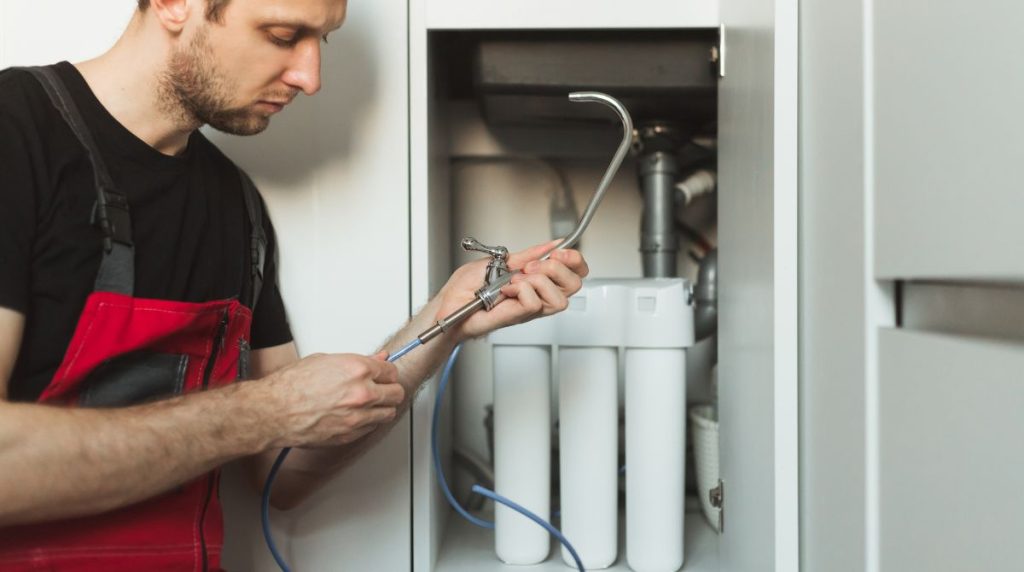
- How hard water affects your water heater – Hard water contains minerals like calcium and magnesium, which can accumulate in your water heater and form scale. This scale can reduce the efficiency of your water heater and lead to premature failure.
- Benefits of using a water softener – Installing a water softener can help prevent mineral buildup in your water heater, improving its efficiency and extending its lifespan.
C. Schedule professional maintenance
While DIY maintenance can go a long way in extending the life of your water heater, it’s essential to schedule professional maintenance as well.
- When to call a professional – It’s recommended to have your water heater professionally inspected and serviced at least once every two years (Fix-it 24/7).
- Benefits of regular professional maintenance – Professional maintenance can help identify and address potential issues before they become significant problems, ensuring your water heater operates efficiently and lasts as long as possible.
IV. Saving Money with Efficient Water Heater Use
In addition to regular maintenance, there are a few other ways you can save money on your water heating costs.
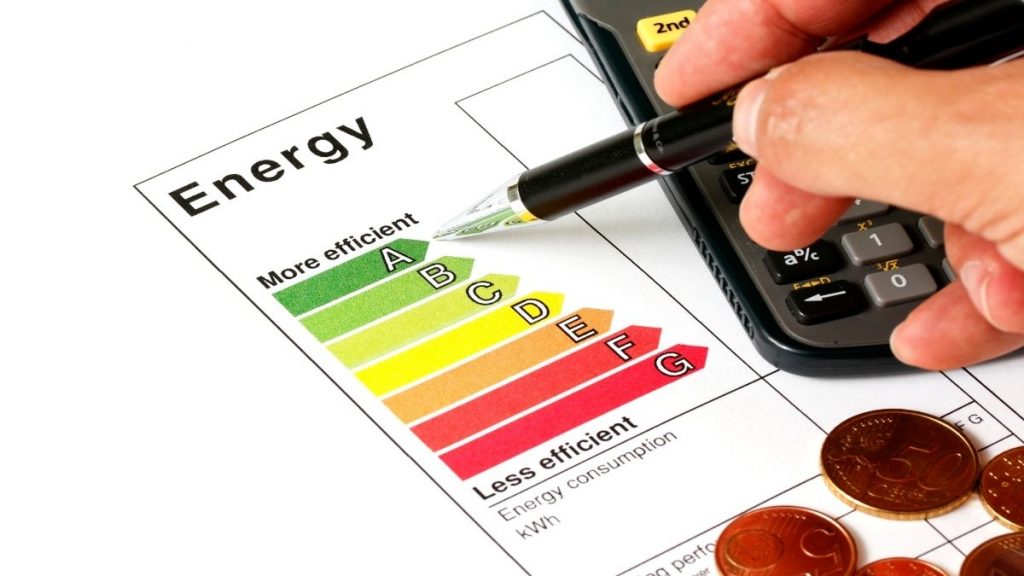
A. Energy-saving tips
- Use less hot water – Simple changes like taking shorter showers, washing clothes in cold water, and installing low-flow fixtures can help reduce your hot water usage and save money on your energy bills.
- Upgrade to an energy-efficient model – If your water heater is nearing the end of its lifespan, consider upgrading to a more energy-efficient model, such as a tankless water heater or a high-efficiency storage tank water heater.
B. Lower your utility bills
- How water heater maintenance affects your bills – Regular water heater maintenance can help improve the efficiency of your appliance, leading to lower energy bills.
- Long-term savings from DIY maintenance – By performing regular DIY maintenance on your water heater, you can save money on energy bills and avoid costly repairs or premature replacement.
V. Tankless Water Heater Maintenance
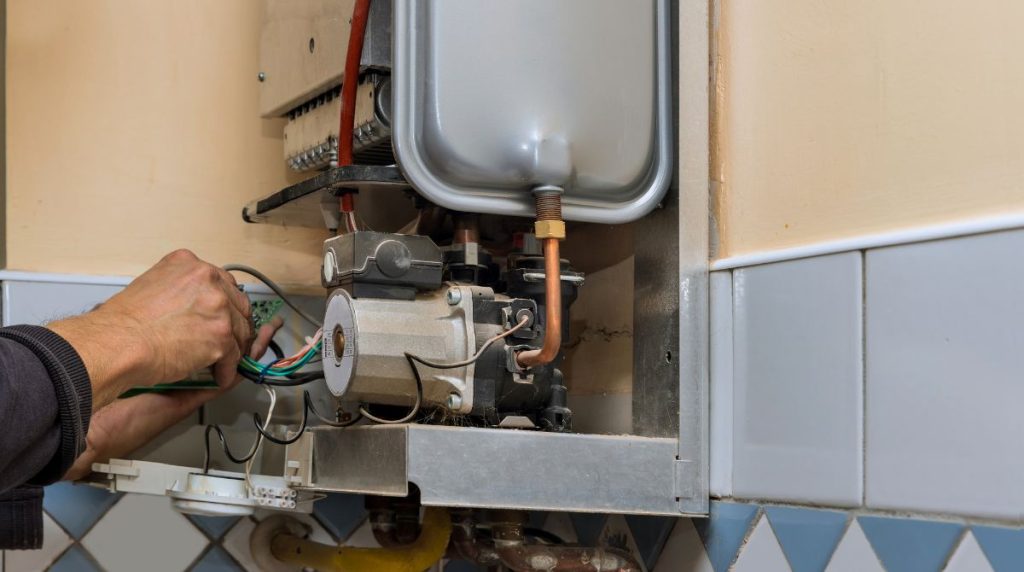
While the previous sections focused on storage tank water heaters, it’s essential to address the maintenance needs of tankless water heaters as well. Proper maintenance can help your tankless water heater last beyond twenty years (edennisacinc.com).
A. Flush the tankless water heater
One of the most critical maintenance tasks for tankless water heaters is flushing the unit to remove mineral buildup. It’s recommended to flush your tankless water heater at least once a year (housedigest.com).
- Step-by-step guide – Follow these steps to flush your tankless water heater:
a. Turn off the power to the water heater and shut off the water supply.
b. Attach a hose to the hot water service valve and place the other end of the hose in a suitable location for draining the water (e.g., a floor drain or bucket or outside).
c. Attach another hose to the cold water service valve and connect it to a submersible pump placed in a bucket filled with white vinegar.
d. Open the hot and cold water service valves and turn on the pump to circulate the vinegar through the unit for about 45 minutes to an hour.
e. Turn off the pump, close the service valves, and disconnect the hoses.
f. Reconnect the water supply and power to the water heater.
You can find further instructions on how to do this in your user manual for your tankless water heater, or you can purchase a descaling kit that will have the instructions.
B. Clean the air filter
Tankless water heaters have an air filter that needs to be cleaned periodically to ensure proper airflow and prevent overheating.
- How to clean the air filter – Follow these steps to clean the air filter on your tankless water heater:
a. Turn off the power to the water heater.
b. Locate the air filter, which is typically found on the exterior of the unit.
c. Remove the filter and clean it using a soft brush or vacuum.
d. Reinstall the filter and restore power to the water heater.
C. Inspect the venting system
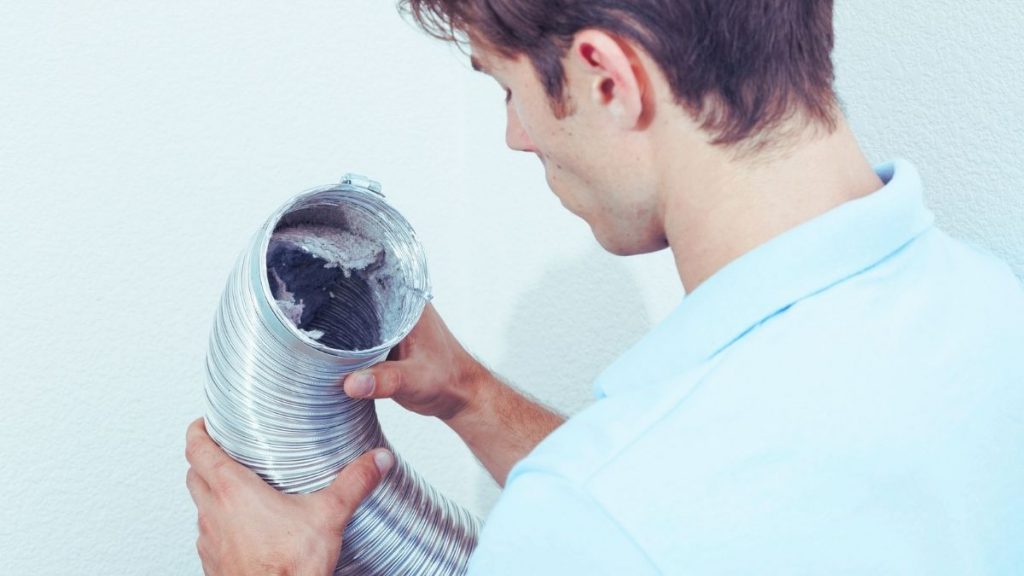
The venting system of your tankless water heater should be inspected annually to ensure it’s free of debris and functioning correctly.
- How to inspect the venting system – Follow these steps to inspect the venting system of your tankless water heater:
a. Turn off the power to the water heater.
b. Inspect the venting system for any signs of damage, such as cracks or corrosion.
c. Check for any obstructions, such as leaves or bird nests, and remove them if necessary.
d. Ensure all connections are secure and properly sealed.
e. Restore power to the water heater.
By following these maintenance tips for your tankless water heater, you can ensure its efficient operation and extend its lifespan.
Check out this comprehensive comparison list that guides you through the pros and cons of owning a tankless water heater.
FAQs on Water Heater Maintenance
1. How often do I need to have my water heater maintained?
It is recommended to perform annual maintenance tasks for your water heater, such as flushing the tank, checking the anode rod, and testing the pressure relief valve. Regular inspections for leaks and other issues should also be conducted periodically.
2. What are some common problems that can occur with a water heater?
Common issues with water heaters include sediment buildup, corrosion, leaks, malfunctioning thermostats, faulty pressure relief valves, and a deteriorated anode rod. Regular maintenance can help identify and address these problems early on.
3. How do I know if my water heater is in need of repair?
Signs that your water heater may require repair include insufficient hot water, discolored or foul-smelling water, strange noises coming from the unit, leaks around the tank, or inconsistent water temperature. If you notice any of these signs, it’s advisable to consult a professional for a thorough inspection and necessary repairs.
4. How can I save energy on my water heater?
To save energy on your water heater, you can adjust the thermostat to a lower temperature, insulate the tank and pipes, and use energy-efficient practices such as installing low-flow showerheads, fixing leaks promptly, and running full loads in your dishwasher and washing machine.
5. DIY vs. Professional: Should I perform water heater maintenance myself or hire a professional?
It depends on your comfort level and expertise. Some maintenance tasks, like adjusting the temperature or draining a small amount of water from the tank, can be done by homeowners. However, more complex tasks like replacing the anode rod or addressing significant issues are best left to professionals for safety and optimal results.
Over to you!
Water heater maintenance is an essential aspect of homeownership that is often overlooked. By following the DIY tips outlined in this blog post, you can save money on your energy bills and extend the lifespan of your water heater. Remember to inspect your water heater regularly, drain and flush the tank, insulate the appliance, and adjust the thermostat for optimal efficiency. Additionally, consider replacing the anode rod, installing a water softener, and scheduling professional maintenance to further extend the life of your water heater. With proper care and maintenance, your water heater can provide you with reliable hot water for many years to come.

